The Post Office in British India [La Poste Aux Indes Anglaises]
An early postcard by the French branch of the premiere Zurich, Switzerland-based publisher Kunzli Freres. The firm's postcard series celebrating mail delivery around the world (see the Kashmir post) are among the most beautiful lithographic

![The Post Office in British India [La Poste Aux Indes Anglaises] The Post Office in British India [La Poste Aux Indes Anglaises]](https://www.paperjewels.org/sites/default/files/styles/square_thumbnail/public/slides/post-of-india_0.jpg?itok=OSUkuckm)

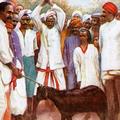
![Indien [India] Indien [India]](https://www.paperjewels.org/sites/default/files/styles/square_thumbnail/public/slides/indien_0.jpg?itok=hE-CHWwq)
![Indien [India, back] Indien [India, back]](https://www.paperjewels.org/sites/default/files/styles/square_thumbnail/public/slides/indien-back_0.jpg?itok=jo69xn6I)
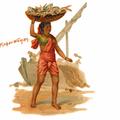
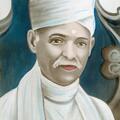
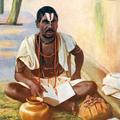
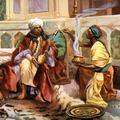
![[Zenana Carriage] [Zenana Carriage]](https://www.paperjewels.org/sites/default/files/styles/square_thumbnail/public/slides/carriage_0.jpg?itok=qY5XcnEW)